- The Naturalist
- Posts
- Thyme
Thyme
Thymus vulgaris
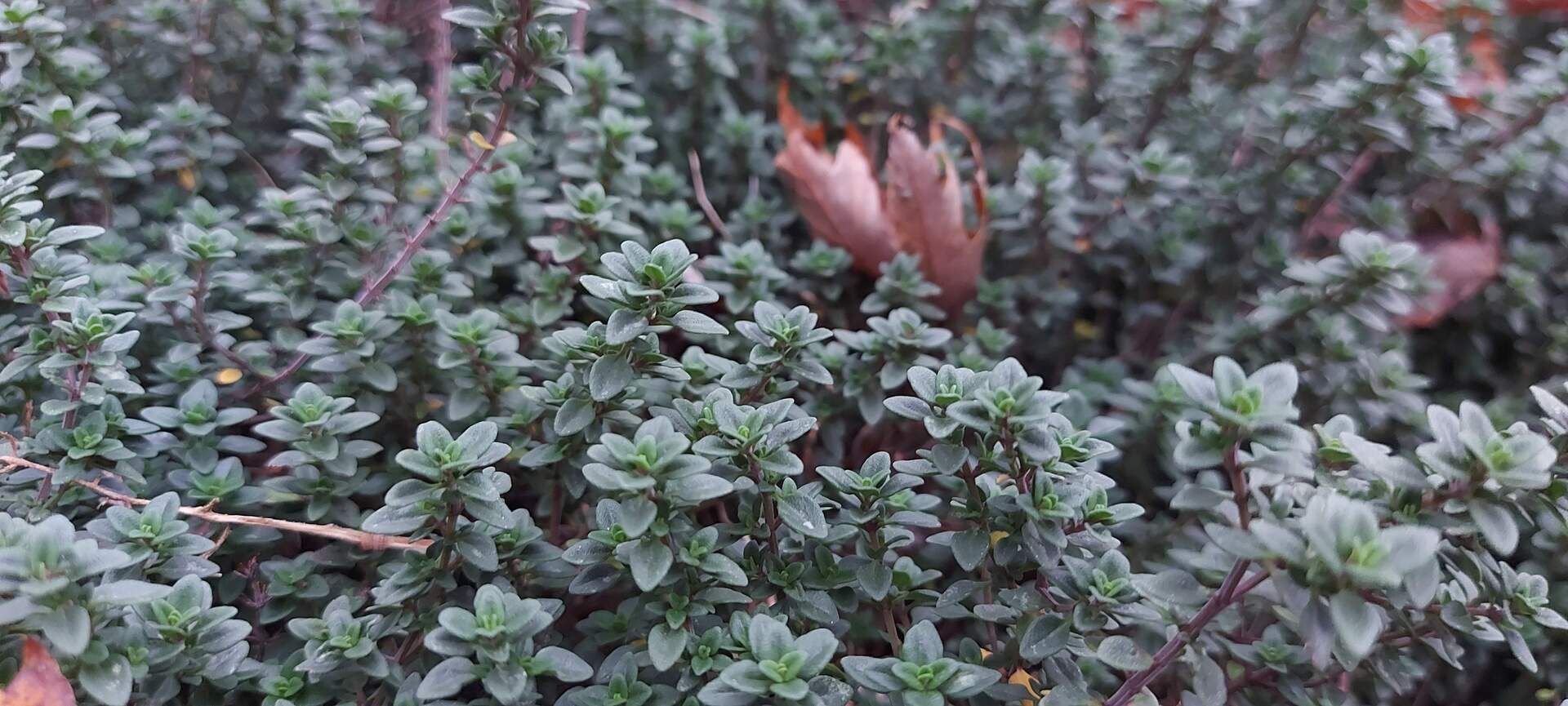
Continuing my series on herbs, the next in the list is thyme!
This is a common and very easy to grow perennial herb, so lets dig into it!
If you’ve missed previous articles in the herbs series, here are all of them so far:
Plant Profile:
Scientific Name: Thymus vulgaris
Preferred Habitat: Well-drained soil and dry hot weather is generally preferred, but it can thrive in other soil types and climates.
Edible Parts: All above-ground parts
Distribution: Mostly in southern Europe and the Western Mediterranean region, but is grown elsewhere in the Americas as well.
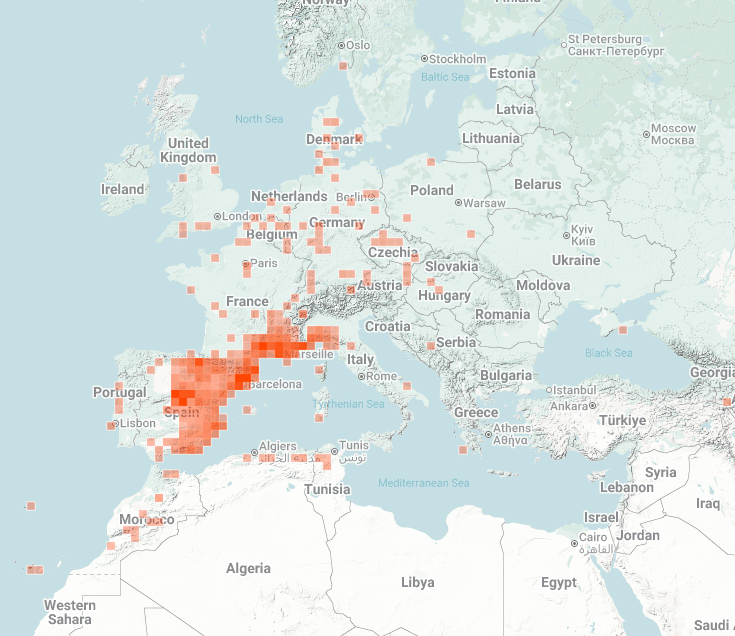
Harvest Season: Aerial parts can be harvested any time, although it is preferable to harvest before the plant flowers and when it is lush and green rather than dead and brown after a winter.
Medicinal Benefits:
Fights acne
Lowers blood pressure
Helps to alleviate cough
Boosts immunity
Acts as a disinfectant
Used in aromatherapy
Boosts mood
Bacterial infection preventative
Treats yeast infections
Evidence that thyme fights some types of cancer
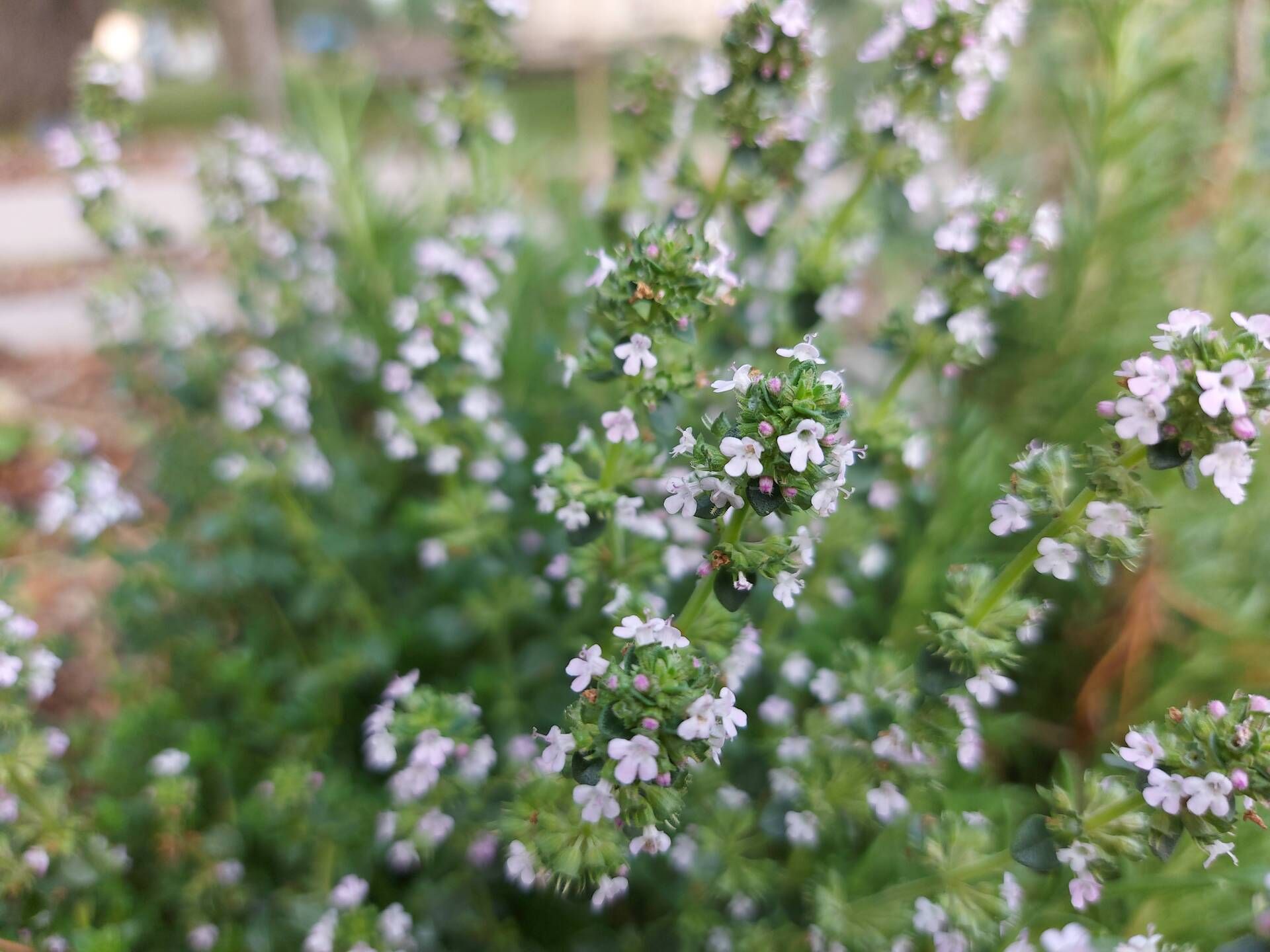
Uses
Thyme is like many herbs where it isn’t necessarily super versatile, but it is a powerful medicinal and you might as well grow some since it doesn’t take much!
Thyme is most often used as a seasoning herb on savory foods, but is also made into teas, tinctures, essential oils, sauces, infused into honey, added to starchy or fatty foods, made into syrup, used for cocktails, oxymels, shrubs, tonics, and mixed into salt.
I have also seen thyme added to artisan soaps.
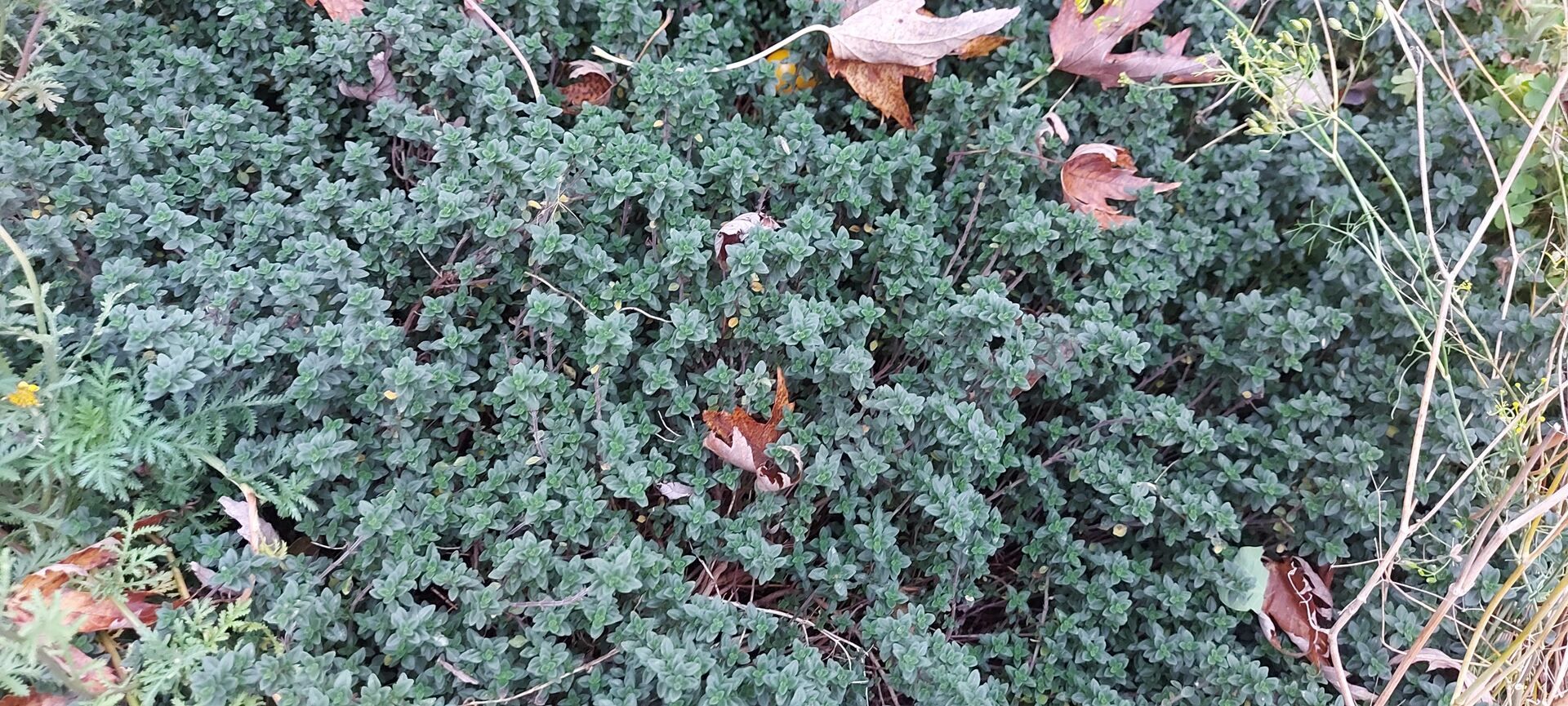
Growth Habits
Thyme generally tends to be a low-growing ground cover plant.
Some species are different, but the most commonly cultivated thyme (Thymus vulgaris) has very tiny delicate leaves with even smaller white-pink or purple-ish flowers that appear in summer.
Thyme is also very easy to grow from seed, divide, or propagate via cuttings making it a great herb to share or have backups of!
Due to thyme’s native region, it really prefers full sun and it doesn’t need much water once established. (I have never once watered my thyme and it does beautifully here in the Midwest).
I would avoid fertilizing thyme at all since too much can weaken the flavor of the leaves and it really doesn’t need much fertilizing.
Thyme also attracts pollinators to the garden and acts as a pest repellent.
This makes it a great perennial herb to add to your collection!
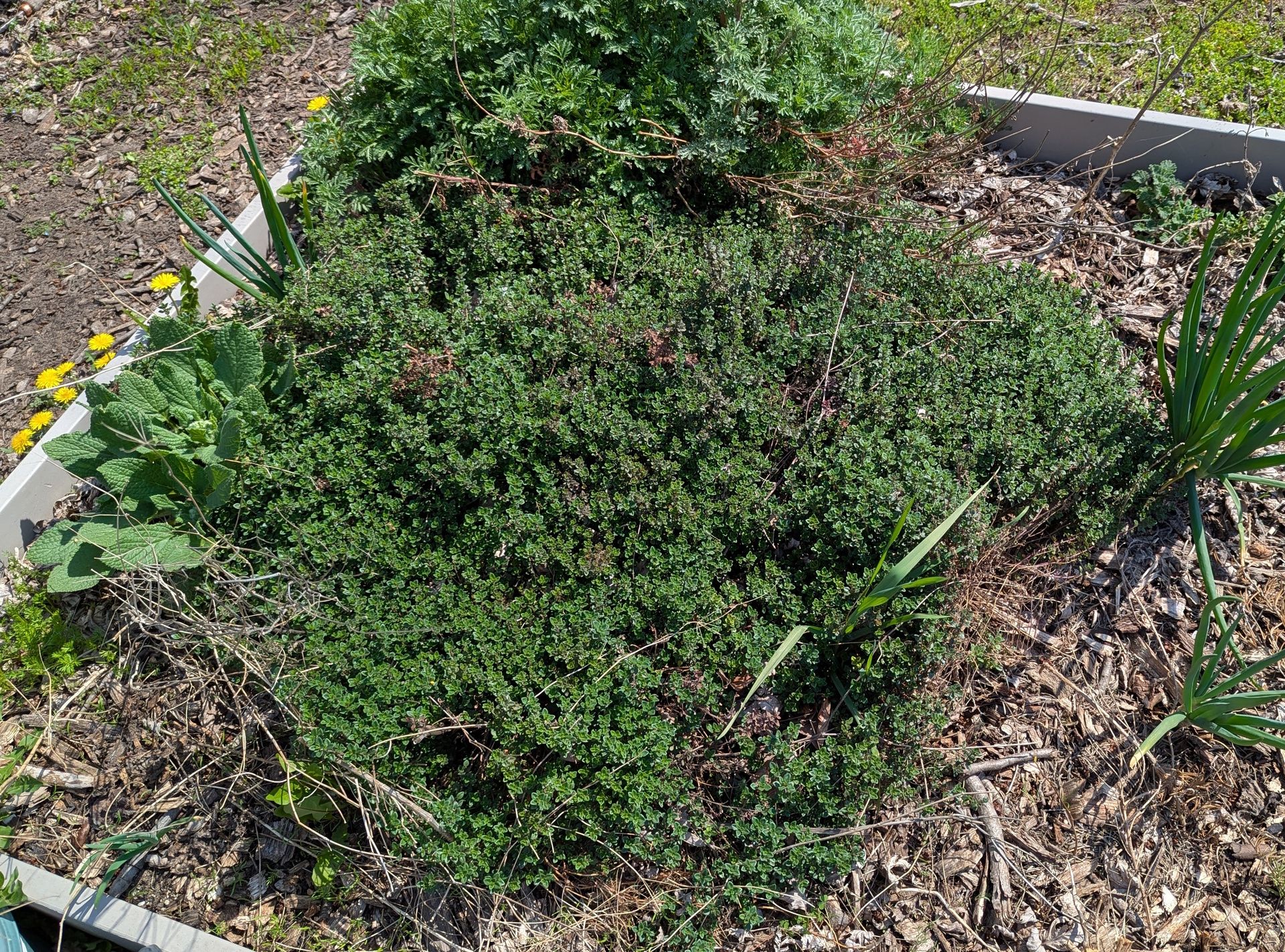
My common thyme growing with other herbs
Cultivars
Thankfully even with a basic and humble plant like thyme, you have several options of what to grow! Here are a handful of cultivars I’d recommend:
Orangelo: A citrus-scented thyme that does especially well in poor and rocky soils.
Magic Carpet: A variety of creeping thyme that stays only 1-2 inches tall but has way more flowers for pollinators than other varieties.
Winter/German/English/Common Thyme: This is the multipurpose upright kind most people grow, I’ve loved mine so far.
Summer Thyme: A more pungent spicy version of Winter thyme, considered excellent culinary quality.
Red ‘Cocineus’: A brilliant pink flowering variety that is a real showstopper
French Thyme: A more clove-flavored thyme used traditionally in French, Creole, and Cajun kitchens.
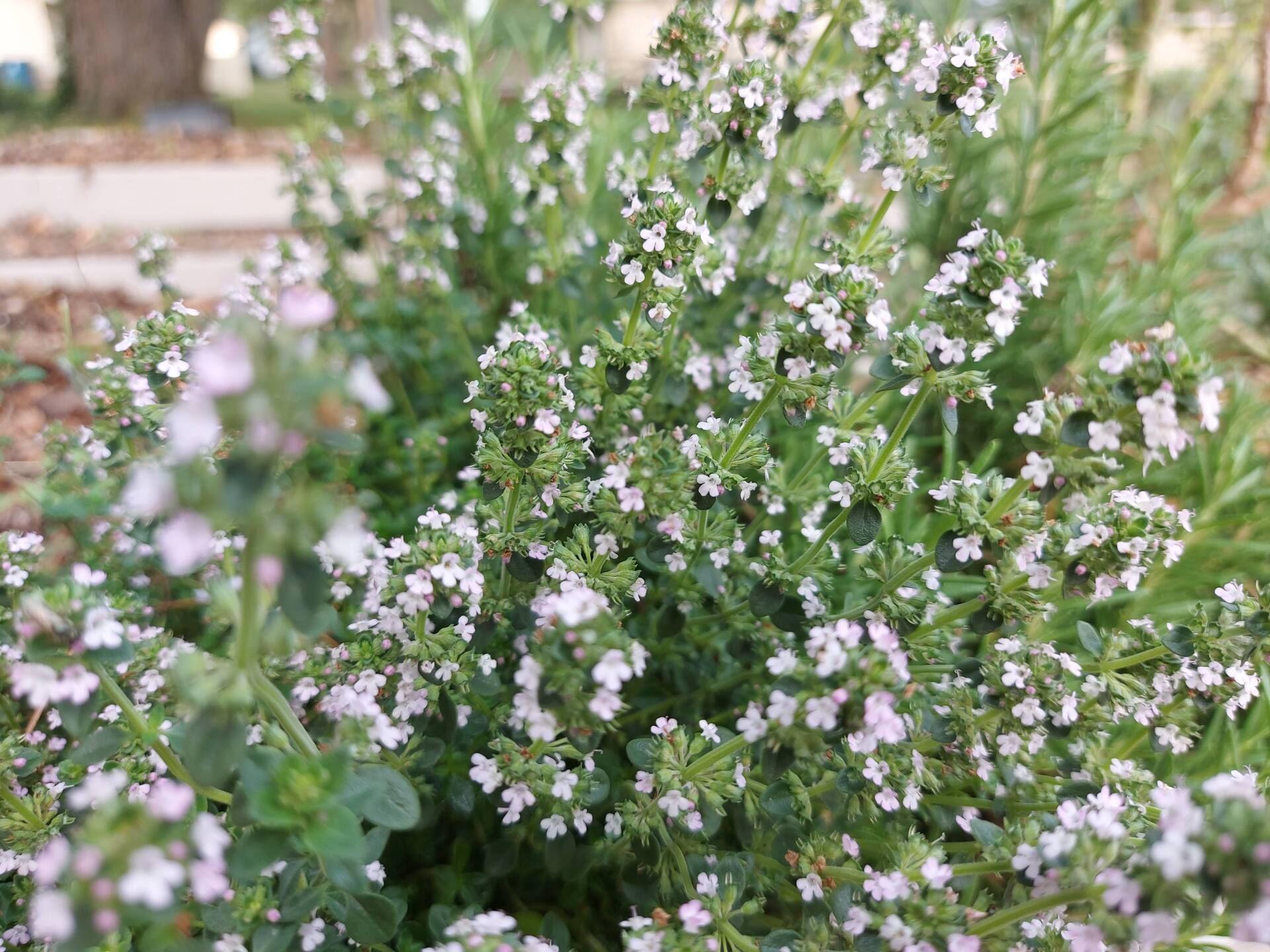
Follow me on social media for behind-the-scenes videos and seasonal photos!
Leave a comment to show the algorithm how legit we are!
Thanks for reading The Naturalist. Please share on social media to support the work!
Reply